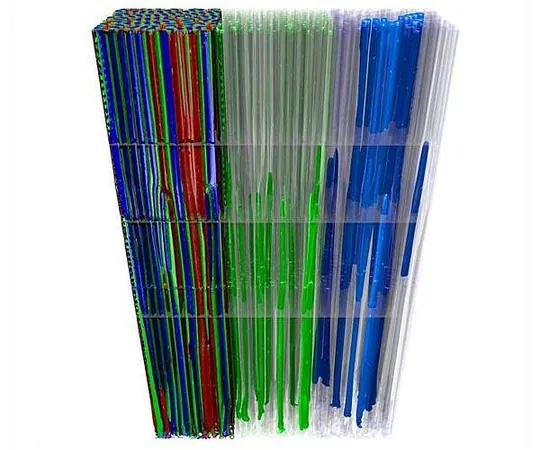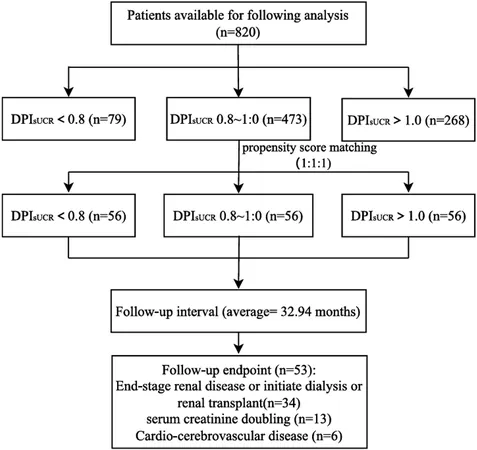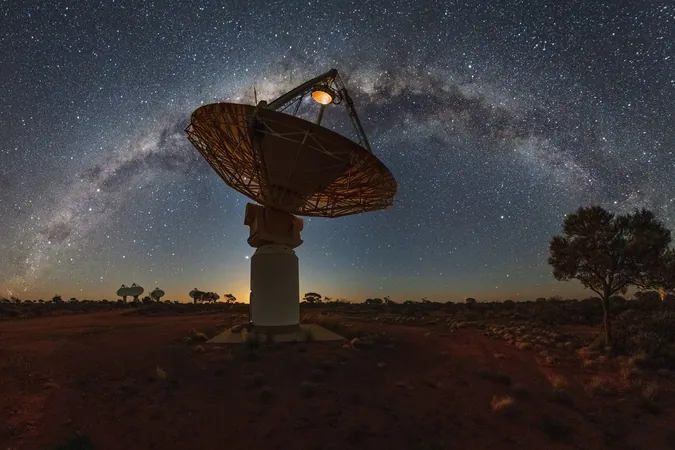
Revolutionary Technique Reveals New Insights into Gravity with 3D Velocities of Binary Stars
2025-05-28
Author: Daniel
A Game-Changer in Gravity Testing
In a groundbreaking effort, astrophysicist Kyu-Hyun Chae from Sejong University has unveiled a novel method to examine gravity under conditions of extremely low acceleration. By utilizing 3D velocities of wide binary stars, Chae's approach not only surpasses traditional 2D techniques but also leverages advanced Bayesian inference and Markov Chain Monte Carlo simulations to derive more accurate measurements.
A New Standard in Astrophysics?
Chae's innovative method has been hailed as revolutionary, providing a solution to previous limitations tied to observational data. "This technique is a sort of a revolutionary and ultimate method for wide binaries whose motions can only be 'snapshot-observed'," Chae commented, highlighting the importance of precise radial velocity data for its success. Prominent astronomer Xavier Hernandez praised the approach as a "fully rigorous Bayesian methodology that'll likely become the gold standard across the field." He pointed out that the transition to utilizing 3D velocity data significantly enhances accuracy.
Aligning with Controversial Theories
In tests involving roughly 300 binary systems drawn from ESA's Gaia DR3 with notable radial velocity accuracy, Chae's findings align with earlier research, revealing that at acceleration rates below 1 nanometer per second squared, gravitational strength measures 40 to 50 percent higher than what Newton's laws predict. This remarkable deviation, statistically verified at 4.2 sigma, echoes theories proposed by modified Newtonian dynamics (MOND).
Expert Reactions and Future Plans
Pavel Kroupa from the University of Bonn commended the research, referring to it as an "impressive study of gravitation using very wide binaries as probes taken to a new level of accuracy and clarity." The creator of MOND, Mordehai Milgrom, weighed in on Chae's results, stating they highlight a fundamental shift from Newtonian predictions in low-acceleration environments, an anomaly not attributable to dark matter.
The Path Forward in Gravitational Research
Chae's team is gearing up to enhance their research by incorporating high-precision radial velocity data from sources like GEMINI North and Las Cumbres Observatory. Meanwhile, Hernandez's group is executing speckle photometry to eliminate systems with concealed stars that may distort results. Together, these efforts aim to refine the Bayesian analysis, increasingly validating the emerging signals of modified gravity.
Chae remains optimistic: "With fresh insights from radial velocities and the results of our speckle photomic observations, we're poised to measure gravity with unprecedented precision—enough to sharply differentiate between Newtonian and MOND theories beyond 5 sigma, while also narrowing the theoretical frameworks for gravitational dynamics."




 Brasil (PT)
Brasil (PT)
 Canada (EN)
Canada (EN)
 Chile (ES)
Chile (ES)
 Česko (CS)
Česko (CS)
 대한민국 (KO)
대한민국 (KO)
 España (ES)
España (ES)
 France (FR)
France (FR)
 Hong Kong (EN)
Hong Kong (EN)
 Italia (IT)
Italia (IT)
 日本 (JA)
日本 (JA)
 Magyarország (HU)
Magyarország (HU)
 Norge (NO)
Norge (NO)
 Polska (PL)
Polska (PL)
 Schweiz (DE)
Schweiz (DE)
 Singapore (EN)
Singapore (EN)
 Sverige (SV)
Sverige (SV)
 Suomi (FI)
Suomi (FI)
 Türkiye (TR)
Türkiye (TR)
 الإمارات العربية المتحدة (AR)
الإمارات العربية المتحدة (AR)